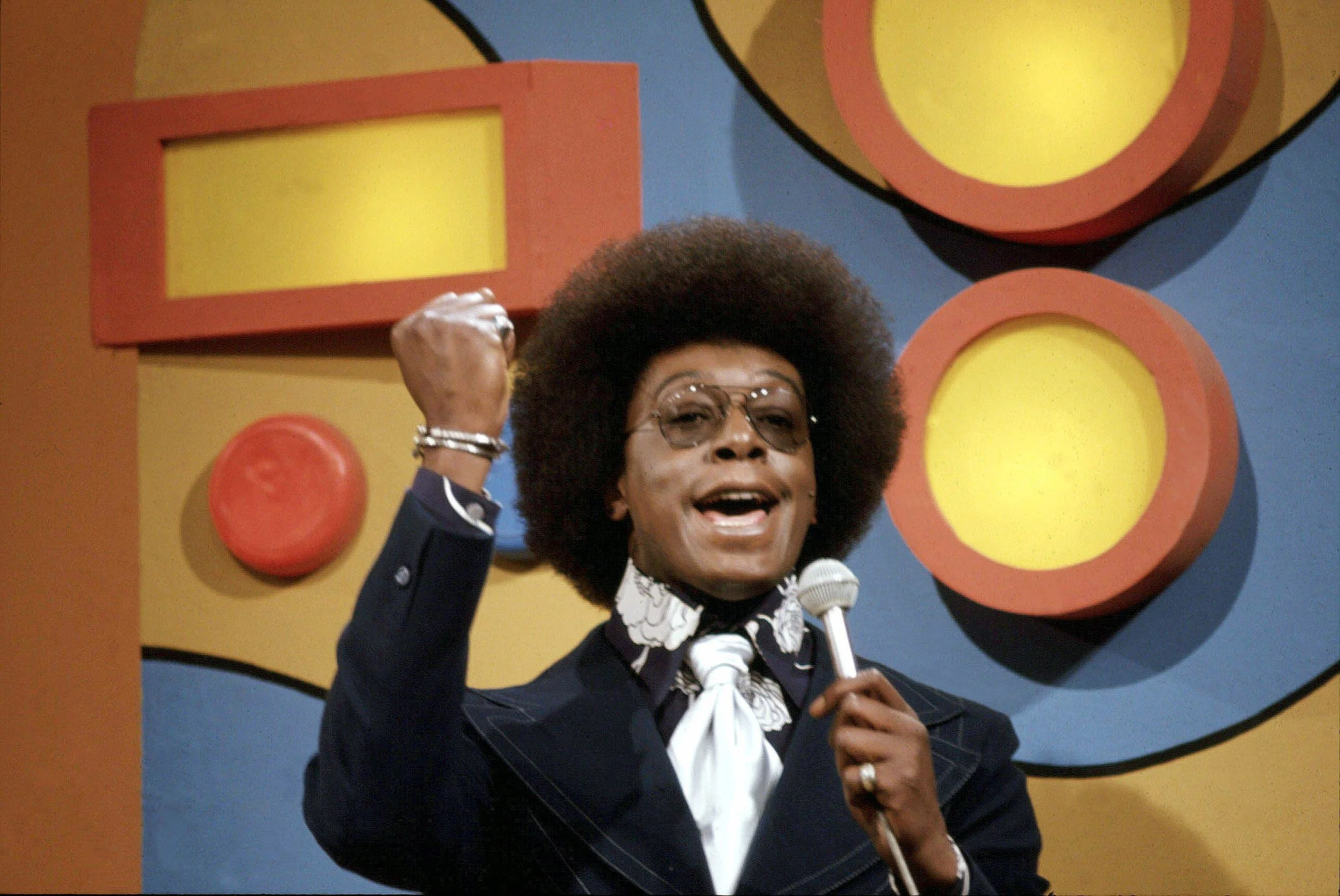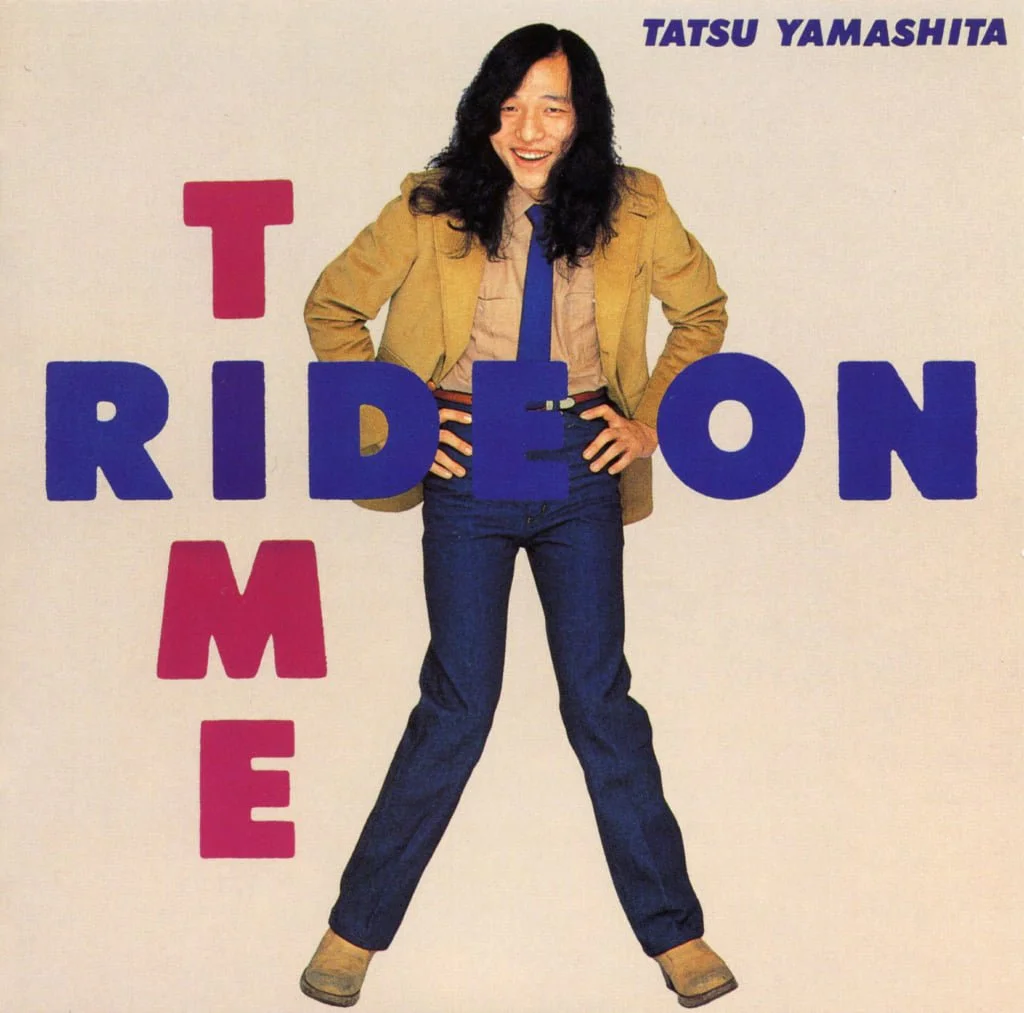Tamashii Train (Soul Train Tribute)
Graphic designed by Van Paugam
Tamashii Train at Izakaya Shinya
I often find myself drawn to half light. The kind that hovers just before nightfall, where neon lettering from a street sign bleeds into smoke and the glass in your hand makes a sharper sound than you expect. It is in that atmosphere where ideas rise and dissolve. That is when Tamashii Train first appeared to me, not as a party or even a show, but as something closer to ritual. A train that does not carry passengers across distance but through spirit.
Soul Train Dancers
The Roots of Soul Train
Before speaking of Tamashii Train, I need to return to its origin. Soul Train began in Chicago in 1970. At the time, most television gave little to no room for Black music or dance. Don Cornelius, a Chicago radio announcer & producer, saw the gap and filled it with what he already knew was essential. He created a show that would celebrate the beauty, style, and artistry that had been ignored by the mainstream.
The show started small, airing locally on WCIU-TV. It featured Chicago kids dancing to records, with occasional live performances from soul and R&B acts. That modest start turned into a revolution. Within a year Cornelius moved the production to Los Angeles, and Soul Train became a national broadcast. It quickly grew into one of the most important stages in American culture.
Soul Train was more than a television program. It was a living document of Black expression in the 1970s, 80s, and beyond. The famous Soul Train Line, where dancers formed two rows and moved down the center in a shared celebration of individuality, became a ritual as recognizable as any cultural ceremony. Each dancer carried their own flair, yet the line itself carried them all together. It was a corridor where joy, fashion, movement, and identity intersected.
Chicagoans still speak of the pride in knowing that this train began here, in a city that has always balanced hardship with artistic brilliance. The original broadcast did not look like a cultural earthquake, but it was. It carved out space where space had not been given, and it left a legacy that traveled far beyond American borders.
It is impossible to speak of Soul Train without honoring Don Cornelius himself. He was the conductor who carried the show with dignity and control. His presence was deliberate, his deep voice steady, his suits sharp, his demeanor calm yet commanding. Cornelius understood that representation was more than exposure, it was about giving a community the ability to see itself reflected in style, in music, in joy. In a time when television too often excluded Black artistry, he built a platform that did not ask permission. He simply placed it in front of the world.
Cornelius left behind a legacy of affirmation. Generations of artists, dancers, and viewers drew strength from the stage he created. He made Soul Train into something larger than entertainment: it was both archive and celebration, both history and living moment. His parting words at the close of every broadcast still echo today: “Love, peace, and soul.” It was a blessing, a mantra, and a reminder that music carries the spirit of a people forward.
Don Cornelius
The Meaning of Tamashii
In Japanese, the word tamashii (魂) is often translated simply as “soul.” Yet the meaning is deeper, more layered, and more difficult to reduce. Tamashii is not just the seat of feeling or the essence of a person. It also suggests the animating spirit, the life-force that continues after the body is gone. It carries a sense of something both fragile and indestructible.
When I chose the name Tamashii Train, it was not to create a clever translation of Soul Train. It was to honor that richer dimension of the word. Tamashii implies not only joy and vitality, but also memory, ancestry, and the invisible presence that lives beside us. To call this gathering Tamashii Train is to say that it is not only music that carries us. It is spirit itself.
On August 23, Izakaya Shinya will become the departure point. The izakaya is not a grand stage. It is a narrow space with lanterns glowing in amber light, wooden counters that have absorbed years of voices, and an intimacy that does not allow for separation between performer and guest. That closeness is exactly what this train requires.
Tamashii Train is not about spectacle. It is about presence. It is about sharing a corridor of rhythm for a few hours, where the crackle of vinyl, the hum of bass, and the murmur of conversation come together as one. Shinya, with its mixture of warmth and dimness, becomes a vessel. A place where memory and spirit pass through us like breath.
Ritualism is very close to my heart. Not only the grand ceremonies of religion or state, but the small and private ones. The way tea is poured at a certain time. The way a record is lowered gently onto the turntable. These gestures create meaning that does not always need to be spoken.
Soul Train was ritual on television. Tamashii Train is ritual in a bar. Every song that plays, every glass that clinks, every laugh that bursts out off-key becomes part of the ceremony. It is not flawless. In fact, it must not be. The beauty lives in the imperfections. In the human timing that cracks and shifts. In the sigh before a song starts, or the silence between two tracks.
A Bridge Between Worlds
Tamashii Train is not purely about nostalgia, even though it carries history with it. It is a more of a transitory space. Between the Chicago where Soul Train began and the Tokyo where City Pop flourished. Between the past that gave us these grooves and the present that receives them with new ears. Between strangers who might never have met, until the music gave them reason to step into the same corridor.
When people gather in rhythm, they form something larger than themselves. They become a train, a procession, a movement. Not in metaphor only, but in lived presence. It is the same principle that animated Soul Train decades ago. The same principle that animates tamashii itself.
I imagine that night. Shinya filled with the warmth of late summer air, a little heavier than comfortable but softened by sake. Guests arrive tired from their day, carrying the weight of work or silence. The needle drops. The crackle becomes a heartbeat. A bassline begins to hum. Heads nod, feet shift, and the room starts to move.
The Tamashii Train has no cars, no schedule, no track. It moves through spirit. For one night the izakaya becomes its station. And in that space, time does not matter. August 23 dissolves into the present. There is only now.
Tamashii feels heavier in the mouth than “soul.” It is not just joy or feeling, but something that binds us to those who came before and those who come after. It does not promise perfection or permanence. It promises movement. It promises a passage where shadows and light can walk together for a little while, carried forward by rhythm and the need for a unified mood.






























